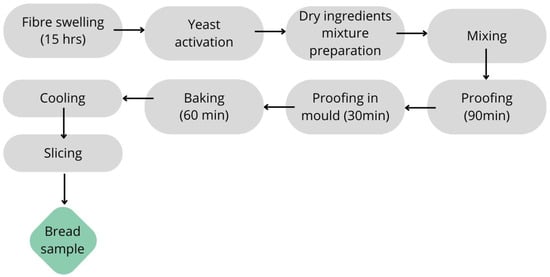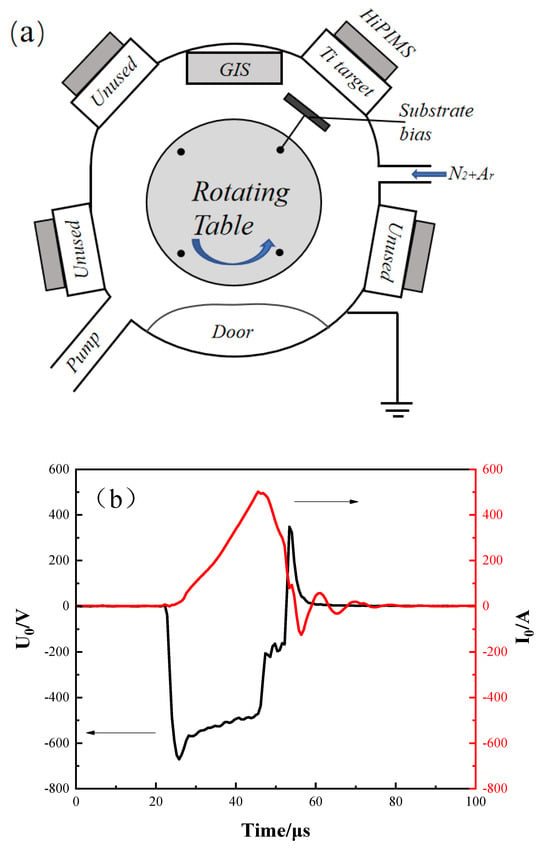To investigate the incidence and prognostically significant correlations and cooperations of LKB1 loss of expression in non-small cell lung cancer (NSCLC), surgical specimens from 188 metastatic and 60 non-metastatic operable stage I-IIIA NSCLC patients were analyzed to evaluate their expression of LKB1 and pAMPK proteins in relation to various processes. The investigated factors included antitumor immunity response regulators STING and PD-L1; pro-angiogenic, EMT and cell cycle targets, as well as metastasis-related (VEGFC, PDGFRα, PDGFRβ, p53, p16, Cyclin D1, ZEB1, CD24) targets; and cell adhesion (β-catenin) molecules. The protein expression levels were evaluated via immunohistochemistry; the RNA levels of LKB1 and NEDD9 were evaluated via PCR, while KRAS exon 2 and BRAF
V600E mutations were evaluated by Sanger sequencing. Overall, loss of LKB1 protein expression was observed in 21% (51/248) patients and correlated significantly with histotype (
p < 0.001), KRAS mutations (
p < 0.001), KC status (concomitant KRAS mutation and p16 downregulation) (
p < 0.001), STING loss (
p < 0.001), and high CD24 expression (
p < 0.001). STING loss also correlated significantly with loss of LKB1 expression in the metastatic setting both overall (
p = 0.014) and in lung adenocarcinomas (LUACs) (
p = 0.005). Additionally, LKB1 loss correlated significantly with a lack of or low β-catenin membranous expression exclusively in LUACs, both independently of the metastatic status (
p = 0.019) and in the metastatic setting (
p = 0.007). Patients with tumors yielding LKB1 loss and concomitant nonexistent or low β-catenin membrane expression experienced significantly inferior median overall survival of 20.50 vs. 52.99 months;
p < 0.001 as well as significantly greater risk of death (HR: 3.32, 95% c.i.: 1.71–6.43;
p <0.001). Our findings underscore the impact of the synergy of LKB1 with STING and β-catenin in NSCLC, in prognosis.
Full article
 IJMS
IMPACT
IJMS
IMPACT Applied Sciences
IMPACT
Applied Sciences
IMPACT Sustainability
IMPACT
Sustainability
IMPACT Sensors
IMPACT
Sensors
IMPACT JCM
IMPACT
JCM
IMPACT Materials
IMPACT
Materials
IMPACT Molecules
IMPACT
Molecules
IMPACT Energies
IMPACT
Energies
IMPACT Electronics
IMPACT
Electronics
IMPACT Remote Sensing
IMPACT
Remote Sensing
IMPACT Cancers
IMPACT
Cancers
IMPACT Nutrients
IMPACT
Nutrients
IMPACT Mathematics
IMPACT
Mathematics
IMPACT Foods
IMPACT
Foods
IMPACT Buildings
IMPACT
Buildings
IMPACT Polymers
IMPACT
Polymers
IMPACT Animals
IMPACT
Animals
IMPACT Water
IMPACT
Water
IMPACT Plants
IMPACT
Plants
IMPACT Agronomy
IMPACT
Agronomy
IMPACT Biomedicines
IMPACT
Biomedicines
IMPACT Processes
IMPACT
Processes
IMPACT Microorganisms
IMPACT
Microorganisms
IMPACT Diagnostics
IMPACT
Diagnostics
IMPACT Nanomaterials
IMPACT
Nanomaterials
IMPACT Viruses
IMPACT
Viruses
IMPACT Medicina
IMPACT
Medicina
IMPACT Healthcare
IMPACT
Healthcare
IMPACT Cells
IMPACT
Cells
IMPACT Forests
IMPACT
Forests
IMPACT Agriculture
IMPACT
Agriculture
IMPACT Land
IMPACT
Land
IMPACT JMSE
IMPACT
JMSE
IMPACT IJERPH
IJERPH
 Symmetry
IMPACT
Symmetry
IMPACT Genes
IMPACT
Genes
IMPACT Pharmaceutics
IMPACT
Pharmaceutics
IMPACT Coatings
IMPACT
Coatings
IMPACT Micromachines
IMPACT
Micromachines
IMPACT Pharmaceuticals
IMPACT
Pharmaceuticals
IMPACT Atmosphere
IMPACT
Atmosphere
IMPACT Children
IMPACT
Children
IMPACT Religions
IMPACT
Religions
IMPACT Antioxidants
IMPACT
Antioxidants
IMPACT Life
IMPACT
Life
IMPACT Metals
IMPACT
Metals
IMPACT Biomolecules
IMPACT
Biomolecules
IMPACT Vaccines
IMPACT
Vaccines
IMPACT Education Sciences
IMPACT
Education Sciences
IMPACT Minerals
IMPACT
Minerals
IMPACT Horticulturae
IMPACT
Horticulturae
IMPACT Brain Sciences
IMPACT
Brain Sciences
IMPACT JPM
IMPACT
JPM
IMPACT Bioengineering
IMPACT
Bioengineering
IMPACT

























